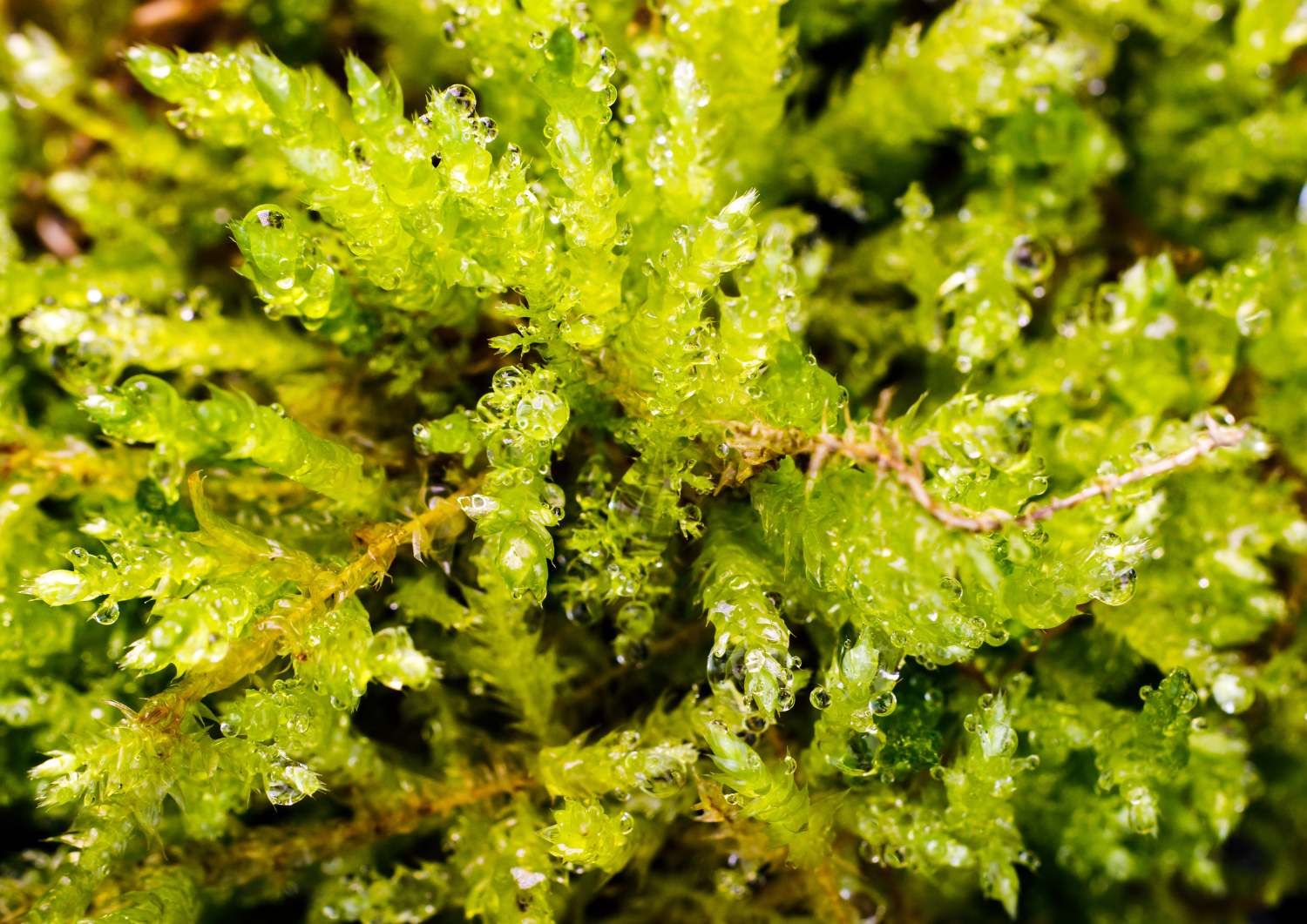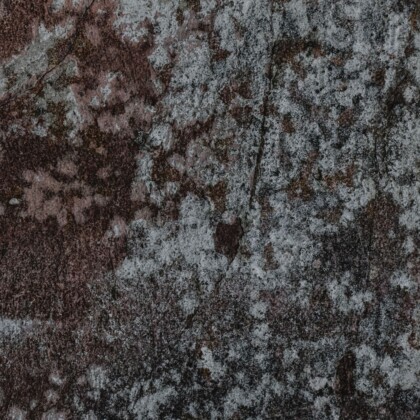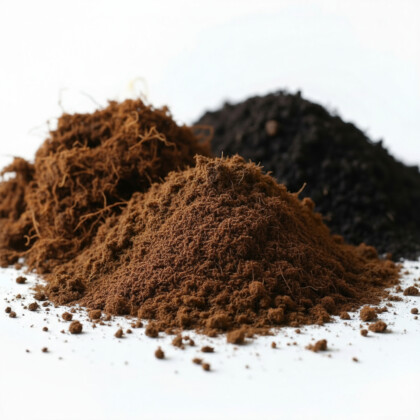

Effectiveness of Sphagnum Peat in Water Filtration
Did you know that peat moss – a natural material harvested from bogs – can be used to filter and clean water? This eco-friendly solution is gaining attention as a sustainable method in water treatment.
Sphagnum peat moss is highly effective in removing heavy metals, organic pollutants, and toxins from water, making it a sustainable and affordable solution for wastewater purification.
Why Sphagnum Peat Moss?
- Reduces harmful nutrients such as ammonia, nitrate, and phosphate
- Binds toxic heavy metals, including lead, copper, and zinc
- Acts as a natural antibacterial and antifungal agent
- Features a porous structure ideal for absorbing pollutants
Where Is Peat Moss Used for Filtration?
- Municipal wastewater treatment – to reduce pollution before discharge
- Industrial effluent systems – especially in eco-sensitive areas
- Agricultural runoff management – to prevent nutrient leaching into rivers
- Aquaponics and hydroponics – to maintain cleaner water for plants and fish
Environmental and Economic Benefits
- Chemical-free, biodegradable filter
- Cost-effective and low-maintenance
- Reduces water treatment plant loads
- Helps prevent flooding in natural habitats
What Science Says About Peat Filtration
Scientific studies have shown that Sphagnum peat moss is highly effective at removing a wide range of contaminants from water, including suspended solids, nutrients, and heavy metals. Its naturally porous structure, high organic matter content, and low pH make it a powerful biofiltration material.
In experimental setups, peat has been found to significantly reduce turbidity, making water visibly clearer and less polluted. It also acts as a sorbent for lead (Pb), copper (Cu), and zinc (Zn), which are common in industrial and agricultural runoff.
How to Use Peat Moss as a Filter?
Sphagnum peat moss is widely used in large-scale water management systems thanks to its powerful filtration properties. Here’s how it works in practice:
Industrial and Environmental Applications (Large Scale):
- Used in constructed wetlands to treat stormwater and wastewater
- Integrated into agricultural runoff systems to reduce nutrient pollution
- Applied in industrial effluent treatment, especially in eco-sensitive zones
- Can be layered with gravel, sand, or biochar to enhance long-term performance
- Often applied in land drainage systems and mining water purification projects
Block peat is preferred for large-scale systems as it ensures slow and steady water flow, enhancing filtration performance over time.
Home Use: Can Peat Moss Be Used for DIY Filtration?
Fine peat can be added to small garden or pond filters to help clarify greywater or rainwater before reuse. While it’s not suitable for drinking water, it provides an effective and natural option for home-scale water management.
Real-World Applications and Research
The use of peat moss in water treatment isn’t just theoretical—it is being actively explored and implemented in real-world environmental projects and scientific research.
In Latvia, researchers have developed peat-based filters to help remove microplastics from ship wastewater. Laboratory tests showed these filters could retain up to 80% of microplastic particles, proving the material’s scalability and effectiveness.
🔗 LSM: Latvian scientists create peat filters for ship wastewater
Scientific literature supports peat’s effectiveness in binding pollutants such as lead, copper, and zinc, making it a reliable and sustainable filtration material across a variety of water treatment contexts.
Peat Moss: Main Benefits
Peat moss is a natural filter that helps clean water from pollutants and impurities
Versatile solution suitable for domestic, industrial, and agricultural water treatment
Eco-friendly and cost-effective, reducing chemical usage and lowering treatment expenses
Supports long-term sustainability by promoting nature-based water purification systems


